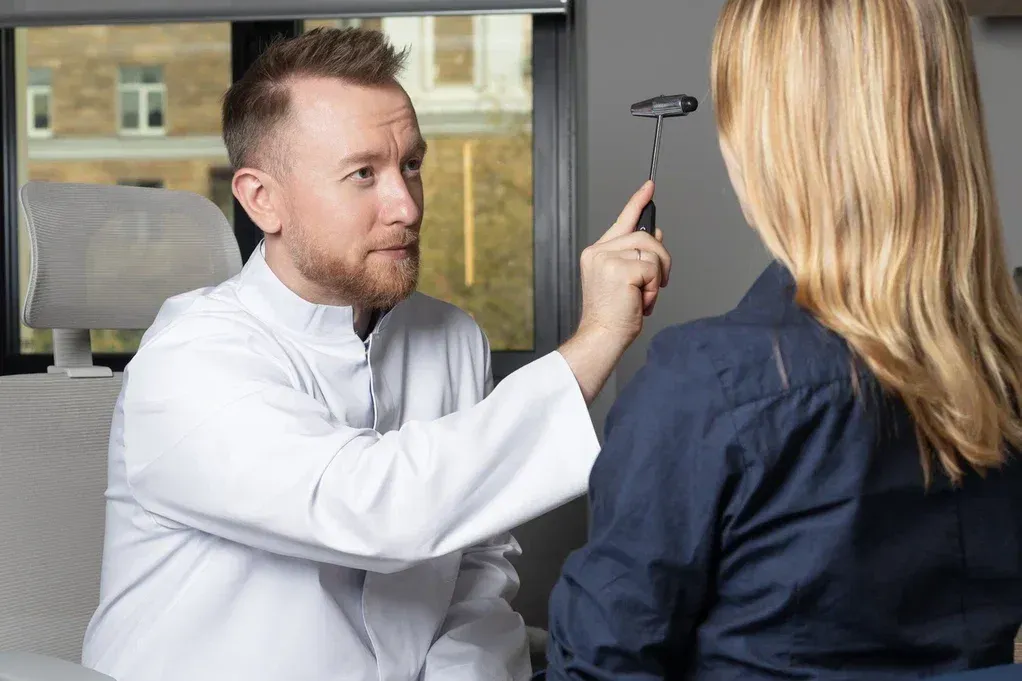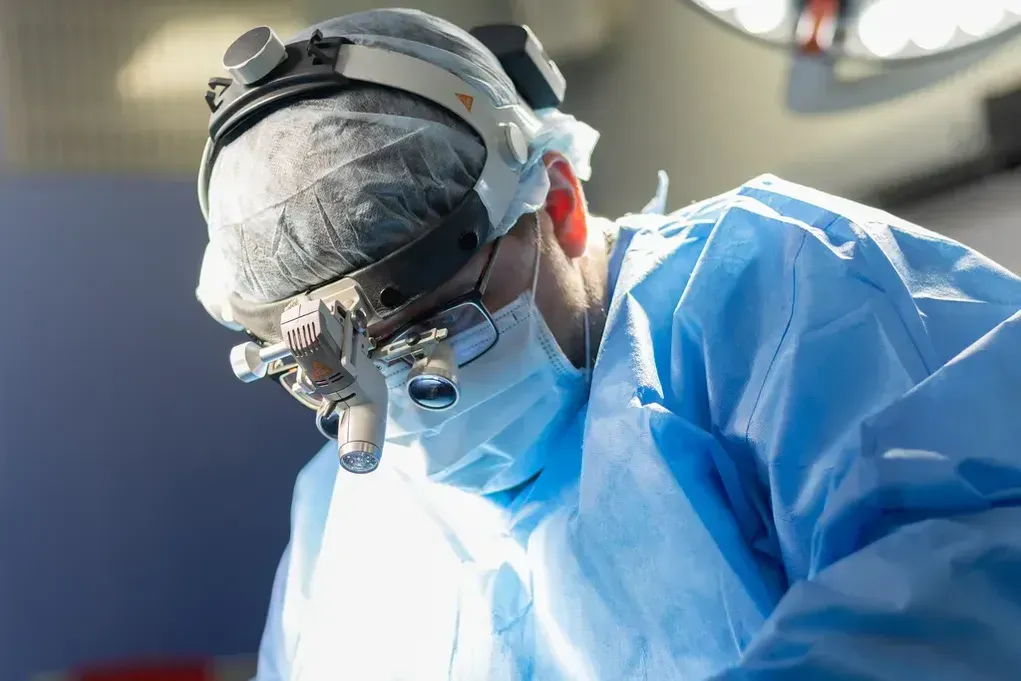Multiple sclerosis
Chronic autoimmune disease of the central nervous system, which leads to impaired motor activity, sensitivity, vision and cognitive functions, impaired pelvic organs, urination and defecation.

Multiple sclerosis is one of the most common demyelinating diseases. It is multifactorial in nature, which means the influence of genetic predisposition, autoimmune mechanisms and external factors. The main problem is that the immune system mistakenly attacks its own tissues, destroying the myelin sheath of nerve fibers. The restoration of myelin occurs slowly and not always completely, which leads to the appearance of neurological symptoms, impaired conduction of nerve impulses and deterioration in the functioning of various organs and systems. At the cellular level, multiple sclerosis is associated with inflammatory processes and the formation of foci of demyelination, which are located in various parts of the brain and spinal cord. The more such foci there are, the more severe the manifestations of the disease.
Causes
Heredity, multiple gene interactions
Smoking
Viral infections (for example, Epstein–Barr virus)
Exposure to ultraviolet radiation
Season and place of birth (higher risk for those who lived in the north before the age of 18)
Disruption of the immune system
Vitamin D deficiency
Female gender (the disease is more common in women)
Symptoms
Weakness in limbs and decreased muscle strength
Impaired coordination and unsteadiness when walking
Numbness and tingling in different parts of the body
Double vision, decreased visual acuity
Muscle spasms and cramps
Increased fatigue and exhaustion
Impaired memory, concentration and cognitive functions
Violation of urination and defecation
Depressive states and sudden mood swings
Speech and swallowing disorders in the later stages of the disease
After-effects
The progression of multiple sclerosis can lead to the development of significant neurological disorders, including spasticity, loss of control over urination and defecation, as well as severe cognitive disorders resembling dementia. In some patients, the disease causes a complete loss of motor activity.
Лечение

Conservative treatment
Modern therapies allow patients with multiple sclerosis to lead a full life. Bioengineering has gone so far that the disease can be kept under control: it is enough to come to therapy once every six months, and a person continues to live without significant restrictions — building a career, playing sports, starting a family. The main goal of treatment is to slow the progression of the disease and reduce the frequency of exacerbations. For this purpose, drugs are used that suppress the pathological activity of the immune system. Additionally, symptomatic therapy is provided to help cope with fatigue, muscle spasms, depression and other manifestations of the disease. Rehabilitation is also prescribed: physiotherapy, physical therapy and massage.

Surgical treatment
Surgical methods for multiple sclerosis are rarely used and are used in cases where the disease leads to severe complications. — Implantation of a baclofen pump. This method is used for severe forms of spasticity (increased muscle tone) that are not amenable to medical treatment. The device automatically delivers baclofen, a muscle relaxant— directly into the cerebrospinal fluid, which reduces cramps, facilitates movement, and reduces pain. — Spinal stimulation. The method is based on the implantation of an electrode into the spinal cord, which sends weak electrical impulses, reducing pain and improving movement control. Spinal stimulation can be useful for severe chronic pain and impaired motor activity.
Schedule a visit to the clinic
How to reach
Moscow, 1st Yamskogo Polya Street, 15
Mon–Sun Around the clock
+7 495 255-50-03
How to get
From the Belorusskaya metro station of the Zamoskvoretskaya line - exit 4 After exiting the subway, walk through the pedestrian tunnel and climb the stairs. Move towards the railway tracks, go down the stairs immediately after them and walk along the house, then turn right onto 1st Yamskoye Pole Street. At the turn to 3rd Yamsky Pole Street, cross the road at the pedestrian crossing and continue along 1st Yamsky Field Street, after a few buildings on the left you will see Olympus Clinic MARS.
Travel time
9 minutes
Landmark
Olympus Clinic MARS sign
How to get
From the Belorusskaya metro station of the Ring line - exit 2. After exiting the subway, turn left and walk to the pedestrian crossing. Cross the road through two pedestrian crossings and move along the Tverskoy overpass. Go down the stairs immediately after the railway tracks, walk along the house, then turn right onto 1st Yamskoye Pole Street. At the turn to 3rd Yamsky Pole Street, cross the road at the pedestrian crossing and continue along 1st Yamsky Field Street, after a few buildings on the left you will see Olympus Clinic MARS
Travel time
11 minutes
Landmark
Olympus Clinic MARS sign


